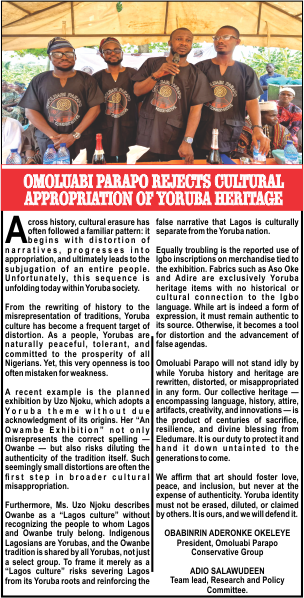
Following the rising costs of building materials, built environment experts are making a case for the use of alternatives to enhance affordable housing delivery in the country.
According to one of the professionals, Agatha Christie, there are many local building materials that have been used in the traditional housing and stood the test of time.
“If only we care to look. They are standing, aged over 60 years and above,” she said.
Christie said until the nation deploys the use of local building materials, the quest for affordable housing for all may just be a mirage.
Another expert, Medinah Huth, said that Hydraform house was tagged Nigeria House because it used 95 percent local content.
Corroborating Huth, Abdul Hakeem, said the firm has built thousands of houses using Hydraform building technology.
“The primary material is laterite. We haven’t damaged the environment. Let me give two examples of projects in Nigeria: One, Obasanjo Housing Estate in Ado Ekiti, we built one hundred houses using laterite on the project site without negative environmental impact; and two. Okpara Inland Estate built by Delta State government. We built 33 housing units.
“The suppliers of laterite to the project kept increasing the price of laterite week in, week out. After about a month of frustration, we brought in a bulldozer and an excavator. We dug all the laterite required for the project and filled the hole with the top soil dug from the site. The laterite suppliers reported us to their traditional ruler that we had destroyed their environment. After the oba ordered inspection of our site, we were given a clean bill.”
Another expert, who identified himself simply as “Olubayo” described laterite as a type of soil that is rich in iron and aluminium, adding that it could be used to make compressed earth bricks (CEBs) without firing or cementing.
“CEBs are natural, economical, and durable building materials that can reduce the environmental impact of construction,” he said.
Listing some of the benefits of using laterite blocks, Olubayo said: “They can be recycled and reused easily, reducing waste and saving resources.
“They have low energy consumption and toxicity in production and application, reducing greenhouse gas emissions and pollution. They have good thermal and acoustic insulation properties, improving the indoor comfort and energy efficiency of buildings. They are compatible with local climatic conditions and cultural preferences, enhancing the aesthetic and social value of buildings.”
The expert said the use of laterite blocks remained a sustainable and eco-friendly option for building in tropical and sub-tropical regions.
Olubayo said time has come to make serious efforts to promote alternative building technologies/materials to help reduce dependence on cement.
“Nigeria is covered with laterite from South-West to North-East; it has plenty granite and timber. Affordable housing can only come by using the three local materials for our housing from foundation to roof. Timber floor and roof covered with asphalt shingle will suffice.
“It would also help if the government lead by example and ensure that it is seen using these materials for some of its own developments,” he said.
Estate surveying and valuation expert, Femi Oyedele, said that in a research carried out in 2005 on housing materials, most building clients refused to use bricks because of cost and stigma.
According to him, burnt bricks are stronger and costlier than sandcrete blocks because of the low patronage.
If government can make “burnt bricks outer walls” as the nation’s housing policy for residential buildings, he is of the opinion that the price of burnt bricks would come down, adding that more people will be able to use it.
READ ALSO FROM NIGERIAN TRIBUNE
WATCH TOP VIDEOS FROM NIGERIAN TRIBUNE TV
- Let’s Talk About SELF-AWARENESS
- Is Your Confidence Mistaken for Pride? Let’s talk about it
- Is Etiquette About Perfection…Or Just Not Being Rude?
- Top Psychologist Reveal 3 Signs You’re Struggling With Imposter Syndrome
- Do You Pick Up Work-Related Calls at Midnight or Never? Let’s Talk About Boundaries






